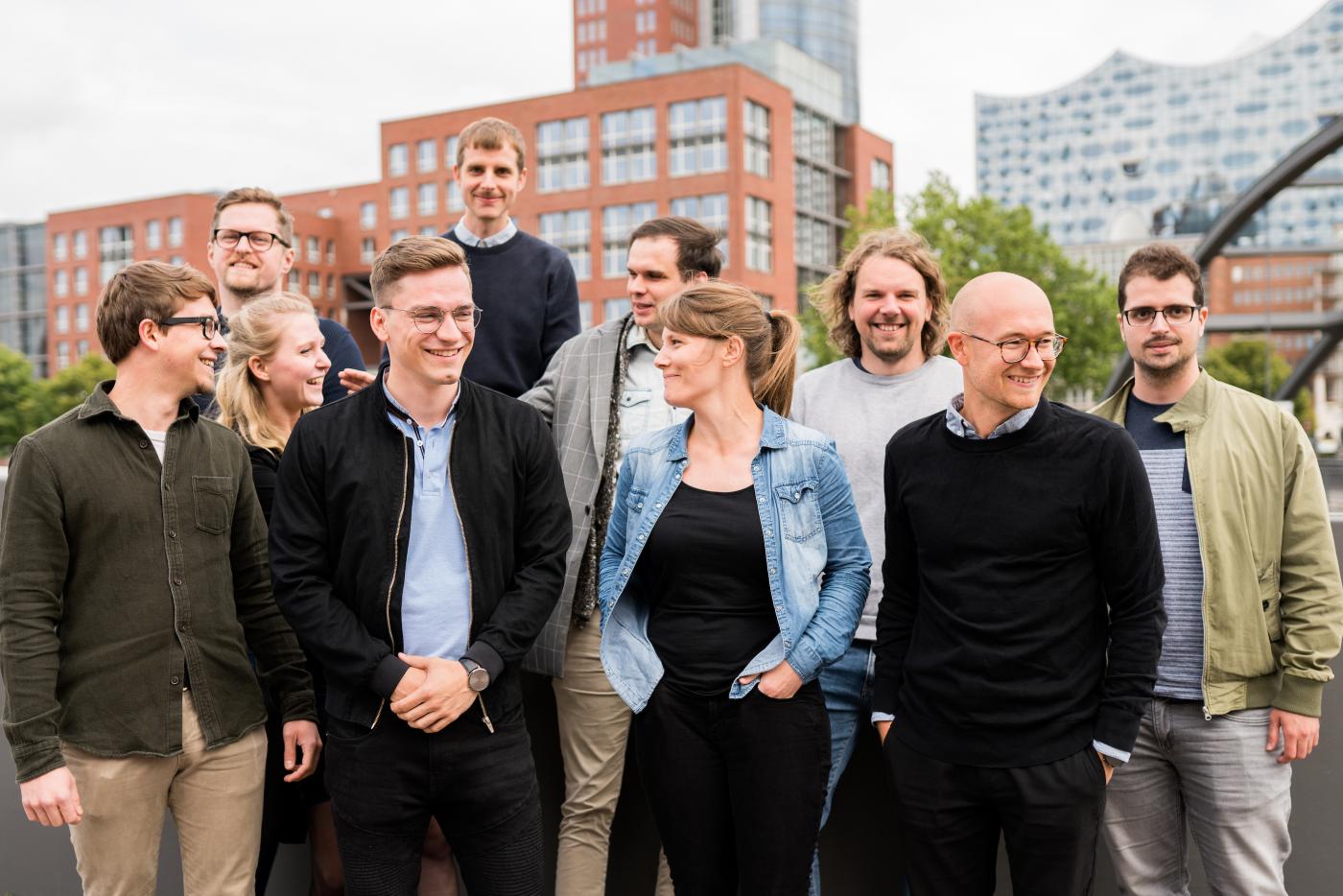The Lübeck-based Drägerwerk is also using the knowhere product. The AI chatbot is being used on its global Facebook channel, where (long) response times had not kept pace with the rapid rise in customer enquires. The company, which specialises in medical and security technology, opted for a self-learning chatbot that understands the enquiries based on natural language speech recognition, pre-classifies them and responds in real time. The automated enquiries have boosted customer service. “A customer waits on average less than 60 seconds for a response to their request. And this is 24/7 and 365 days a year,” said Anna-Soraya Hein, Social Media Manager at Drägerwerk AG & Co KGaA. The process had previously taken up to six days.
